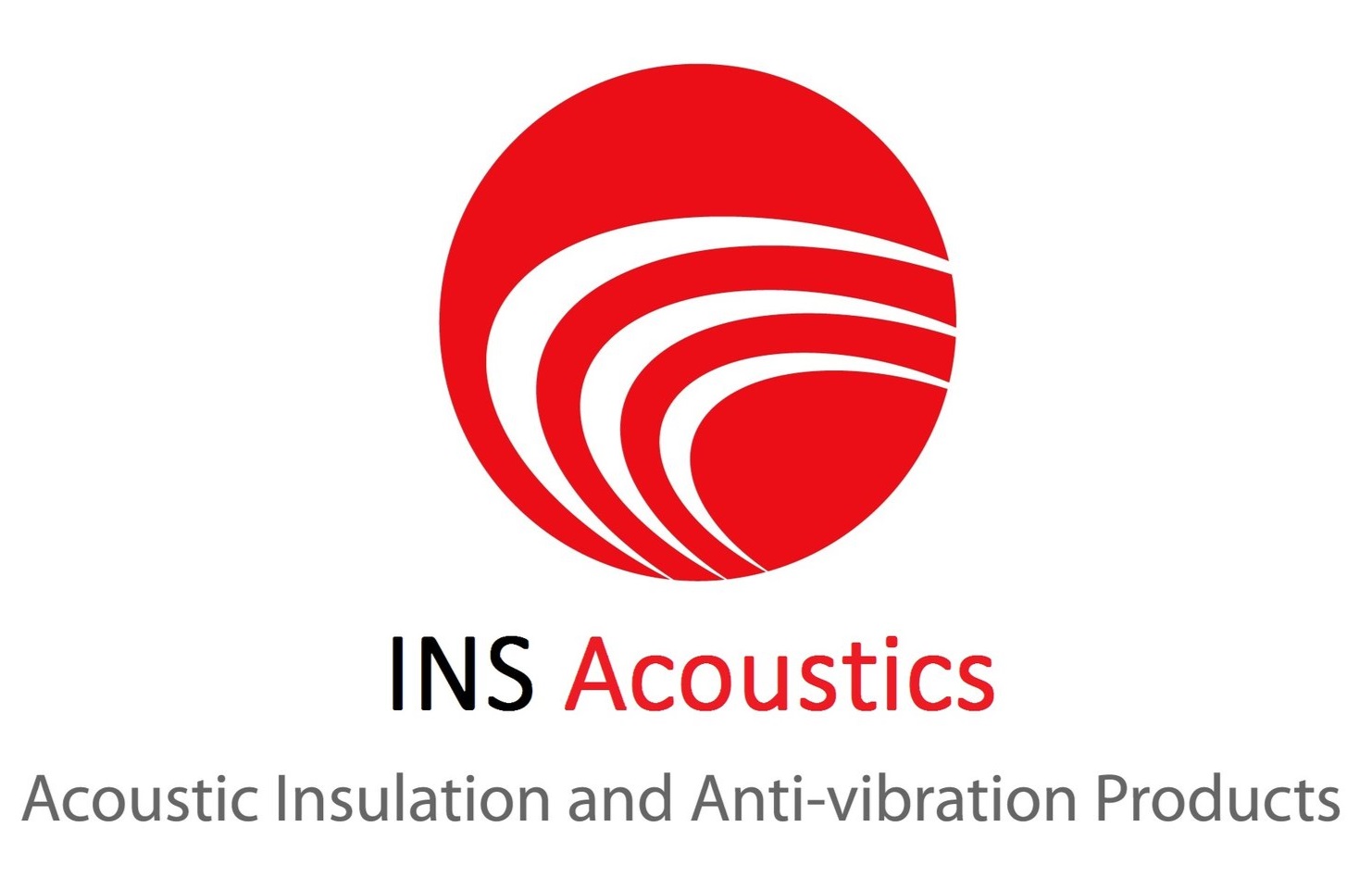The Role of Structural Isolation Systems in Modern Construction Projects
/In today's construction landscape, efficiency in architectural design often goes hand-in-hand with lighter and leaner building methods. While this brings benefits in terms of cost and environmental impact, it also presents a clear challenge—increased transmission of noise and vibration through the structure. As walls, floors and ceilings become thinner or more flexible, they also become more susceptible to sound transfer.
At INS Acoustics, we specialise in tackling this challenge head-on with advanced structural acoustic isolation systems that reduce the transmission of unwanted noise and vibration throughout a building. Whether it’s a residential tower, a commercial development, or a specialist facility, proper isolation ensures that acoustic comfort is built in from the start.
Why Structural Isolation Matters
Noise is not just a nuisance—it can impact concentration, health and overall wellbeing. In a modern building, sound and vibration can travel in many ways: through the air, via structural components, and through mechanical equipment. Without proper acoustic treatment, everyday activity in one part of a building can become a disruption in another.
Functional areas such as gyms, swimming pools, plant rooms and entertainment spaces often generate high levels of vibration and impact noise. At the same time, essential systems like heating, ventilation and air conditioning equipment (HVAC), as well as lift mechanisms, add to the problem by introducing mechanical noise. Without isolation, this energy travels into the building’s structural frame, where it can be transmitted to areas far from the original source.
This is where structural isolation becomes essential. These systems act as buffers, breaking the direct paths that allow sound and vibration to travel between building elements and into occupied spaces.
Structural Acoustic Isolation Systems We Provide
At INS Acoustics, we offer a comprehensive range of structural acoustic isolation systems that are carefully selected and designed for the specific needs of each project. Here are some of the most effective methods we use to improve acoustic performance and occupant comfort.
Isolation of Mechanical Equipment
Mechanical equipment such as pumps, fans, compressors and HVAC units are notorious for creating low-frequency vibration and airborne noise. To counter this, we use a variety of supports, including rubber, spring and air mounts that isolate the machinery from the structural frame.
These mounts help to reduce both airborne and structure-borne noise by absorbing and dispersing vibrational energy before it can enter the building elements. The result is quieter operation, better performance and fewer complaints from occupants.
Concrete Floating Floors
One of the most effective ways to reduce impact and low-frequency vibration is through concrete floating floors. These are floor systems that are separated from the base structure by resilient mounts or layers. They are especially useful in buildings with gyms, performance spaces or heavy machinery.
Floating floors provide significant improvement in both airborne and impact noise control, particularly in multi-use buildings where different floors may serve different functions. We carefully design and install these systems to meet the acoustic targets of each space.
Isolating Ceilings
In many buildings, the ceiling is more than just an aesthetic feature. An isolating ceiling can serve as an acoustic barrier that reduces noise transmission from floors above. We install these systems using resilient hangers and acoustic materials that decouple the ceiling from the structure above.
This design not only provides a cleaner sound environment below, but also enhances the overall acoustic performance of architectural ceilings, making them a key part of the wider isolation strategy.
Wall Isolation
Walls are another common path for sound transmission, especially in frame, block or tilt-up construction. We offer wall isolation systems that address both airborne sound and impact noise.
By introducing resilient channels, acoustic insulation and isolation mounts into wall assemblies, we reduce the transfer of sound between rooms or units. This is particularly important in apartment complexes, hotels, and other shared-space buildings where privacy and peace are priorities.
Building Isolators
At the highest level of performance, building isolators are used to support entire structures. These systems are often installed beneath foundations or between floor slabs to isolate the building from ground-borne vibration or major structural noise sources.
Building isolators are commonly used in high-performance environments such as laboratories, recording studios, or properties located near railways or busy roads. They represent the most advanced form of structural acoustic isolation, ensuring that the entire building benefits from a controlled sound environment.
Integrating Isolation into Design
The key to effective structural isolation lies in early planning. By involving acoustic specialists during the design phase, architects and engineers can integrate isolation measures into the fabric of the building. This proactive approach avoids the need for retrofitting, which is often more costly and less effective.
At INS Acoustics, we work closely with project teams to assess risk areas, recommend the appropriate isolation systems, and support installation to ensure performance targets are met. Our solutions are not one-size-fits-all—they are tailored to the unique demands of each project, whether residential, commercial or industrial.
If you're planning a construction project and want to ensure it meets the highest standards for sound and vibration control, we can help. At INS Acoustics, we provide expert design and installation of structural isolation solutions for all types of buildings.
Contact us today to learn more about how our structural acoustic isolation systems can improve the performance and comfort of your project.
